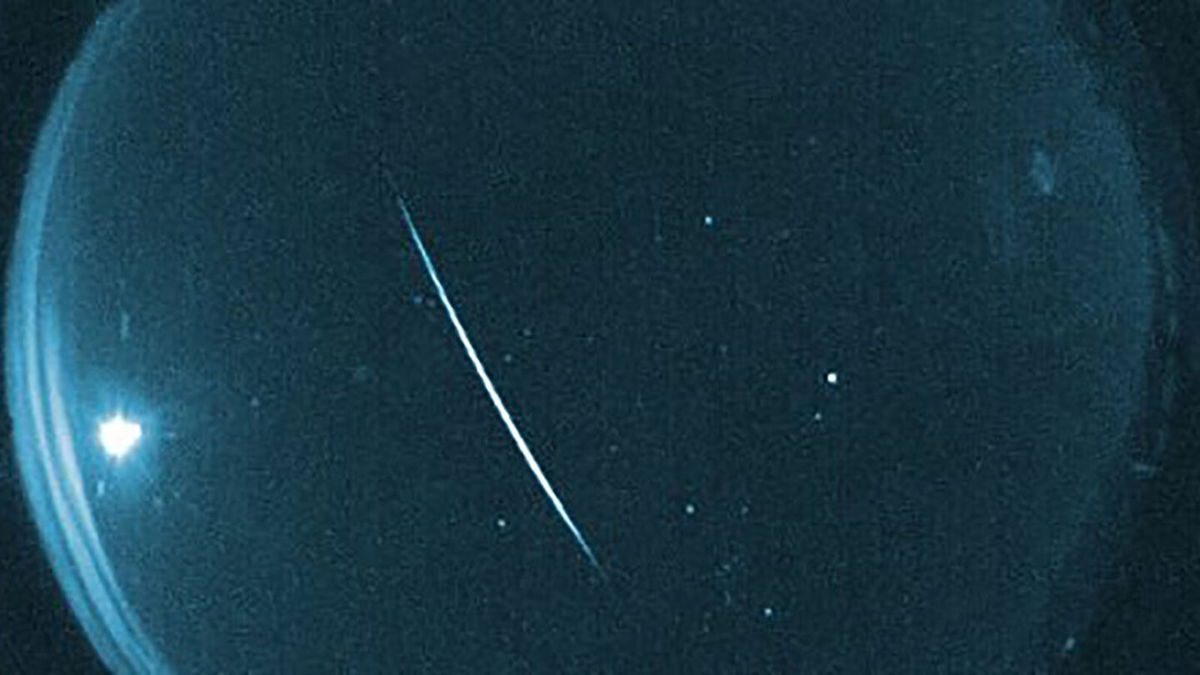Look up as the Quadrantid meteor shower puts on a show in the new year

By Ashley Strickland, CNN
The new year kicks off with the Quadrantid meteor shower, which is expected to peak in the overnight hours from Sunday to Monday.
The Quadrantids are typically among the strongest meteor showers of the year. Fortunately, a waxing crescent moon phase will practically render the moon invisible overnight, allowing for peak visibility of the meteors.
Still, the shower is notoriously hard to observe due to January’s difficult weather and its short peak of only about six hours. It will be best seen in the Northern Hemisphere between the late-night hours Sunday and dawn on Monday, according to the American Meteor Society.
Brief but intense peak
Meanwhile, the International Meteor Organization predicts the peak will occur around 20:40 Universal Time on January 3, which will be best visible for those in Eastern Asia. Those in higher-latitude places across Europe will also be able to see some meteor activity, according to the American Meteor Society.
The Quadrantids aren’t usually visible in the Southern Hemisphere because the radiant point of the shower doesn’t rise very high in its sky before dawn.
Check Time and Date to see what your chances are like, or step outside to take a look for yourself. The Virtual Telescope Project will also have a livestream of the shower over Rome.
Between 50 and 100 meteors are typically visible per hour, especially in rural areas, although the peak can include up to 120 visible meteors in an hour. Watch the northeastern sky, and look about halfway up. You may even glimpse some fireballs during the meteor shower. Watch the skies for at least an hour, the American Meteor Society advises.
Unusual origins
If the meteor shower’s name sounds odd, it’s probably because it doesn’t sound like it’s related to a constellation, like other meteor showers. That’s because the Quadrantids’ namesake constellation no longer exists — at least, not as a recognized constellation.
The constellation Quadrans Muralis, first observed and noted in 1795 between Boötes and Draco, is no longer included in the International Astronomical Union’s list of modern constellations because it is considered obsolete. The meteor shower radiates between the Big Dipper and Bootes.
Like the Geminid meteor shower, the Quadrantid comes from a mysterious asteroid or “rock comet,” rather than an icy comet, which is unusual. This particular asteroid is 2003 EH1, which takes 5.52 years to complete one orbit around the sun.
The shower’s peak is short because only a small stream of particles interacts with our atmosphere, and the stream occurs at a perpendicular angle. Each year, Earth passes through this debris trail for a short time.
How to watch
If you live in an urban area, you may want to drive to a place that isn’t littered with city lights that will obstruct your view. If you can find an area unaffected by light pollution, meteors could be visible every couple minutes from late evening until dawn.
Find an open area with a wide view of the sky, and don’t forget to bundle up. Make sure you have a chair or blanket so you can look straight up. And give your eyes about 20 to 30 minutes to adjust to the darkness — without looking at your phone — so the meteors will be easier to spot.
The-CNN-Wire
™ & © 2022 Cable News Network, Inc., a WarnerMedia Company. All rights reserved.
